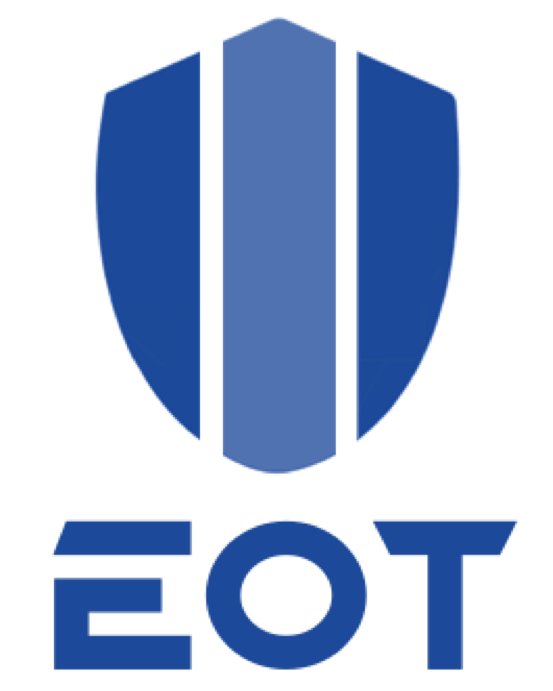- marketing admin
- Articles
The world is moving towards a rapid digital transformation of industrialization agenda, leveraging the advanced capabilities of present day Industrial Internet of Things (IIoT) devices and the networking of these devices using Edge computing and Cloud computing technologies. The spear heading factor for such a wide spread switchover to digital and connected industrial landscape is the demand for innovation in the traditional industries operation to help them improve their products’ value and the turn around time to the market.
Many companies are now looking into this new space for developing innovative products, which is the IIoT platform, that serves the purpose of integrating the IIoT network with other cloud technologies. These platforms are self-contained SaaS products that run on the cloud infrastructure and bridge the gap between IIoT and the Cloud/Data Analytics platforms.
Benefits of IIoT platform
The diverse nature of networks working in a distributed environment makes the organization of communication between these networks cumbersome. There is an absolute need for a support system that puts all the networks on a single table and serves one at a time based on the needs of the user. Here are some of the benefits that an IIoT platform can offer to ease the networking of IIoT devices.
Integrate Devices
The presence of an IIoT platform collects continuous streams of data from connected devices such as sensors, and machines irrespective of their communication protocol and dumps the vital parameters into a cloud storage space against their respective devices tags. This allows management of a large number of devices across a diverse environment.
Aggregate Data
The drawbacks of a vast distributed IIoT network is the uncertainty in the data ingested from various sources or edge computing networks into a single data warehouse. This accumulation of data points from different sources can be further processed through a data analytics engine. Business intelligence and other visual aggregation platforms feed on this data from the data warehouse from which it creates valuable insights. The basis of data driven decision making is solely reliant on these data aggregation platforms which heavily rely on a unified IIoT platform.
Data Security and Protection
Since the OT network is most prone to attacks from external environments it is necessary to keep data secure and sneak proof. For industrial data security is paramount and it is necessary to keep data secure using access control ,aggregation and encryption. The IIoT platform provides an environment that is tunneling the industrial sdat from OT to EN network devices.
Scalability
The data aggregation and ingestion is a time bound process and it’s necessary to keep data storage platforms scalable on demand to accommodate the scaling demands of the ever growing IIoT network.
Improve Operational Efficiency
The functioning of different processes and systems in an industry setup is gauged based on the performance and output it gives to its succeeding systems. The IIoT platforms can be a perfect spot to monitor, bridge, and operationally improve the performance of the IIoT network devices.
Design of the IIoT platform
The design of an IIoT platform is primarily based on the use cases upon which it is designed to serve, and this design is an iterative process. A typical flow of design starts from the use case, then followed by a conceptual design of the platform, and a logical capture of the system, and finally the practical IIoT platform which is full fledged application.
The various phases of the design of an IIoT platform are discussed below.
Conceptual design
The abstract and high level definition that includes all necessary components and entities meant to be in an IIoT platform. The goal is to conceptualize the design rather than look into the feasibility of the design, which is followed in the coming phase. This is to understand the overall picture and propose viable changes to major choices, in the technology and system level options.
Logical design
The actual technology choices and the feasibility of the selected technology in the context of the functional requirement is the primary focus of this phase. A pre-context to the actual cloud service, applications, network and processes are discussed in detail and the data flow required for physical interpretation of the architecture.
Physical Design
Following the conceptual and logical phases, the physical design talks about the actual implementation of the design in the paper in a real environment. The challenges of integrations, third party policies, network restrictions, accounts management, network IP address mapping, and identity management (IAM) which are the ground level real world requirements before even getting the application up and running in the desired environment.
The IIoT platform is also referred to as an ecosystem due to the nature of an inclusive environment where there are dependent devices within a specific IIoT network.



